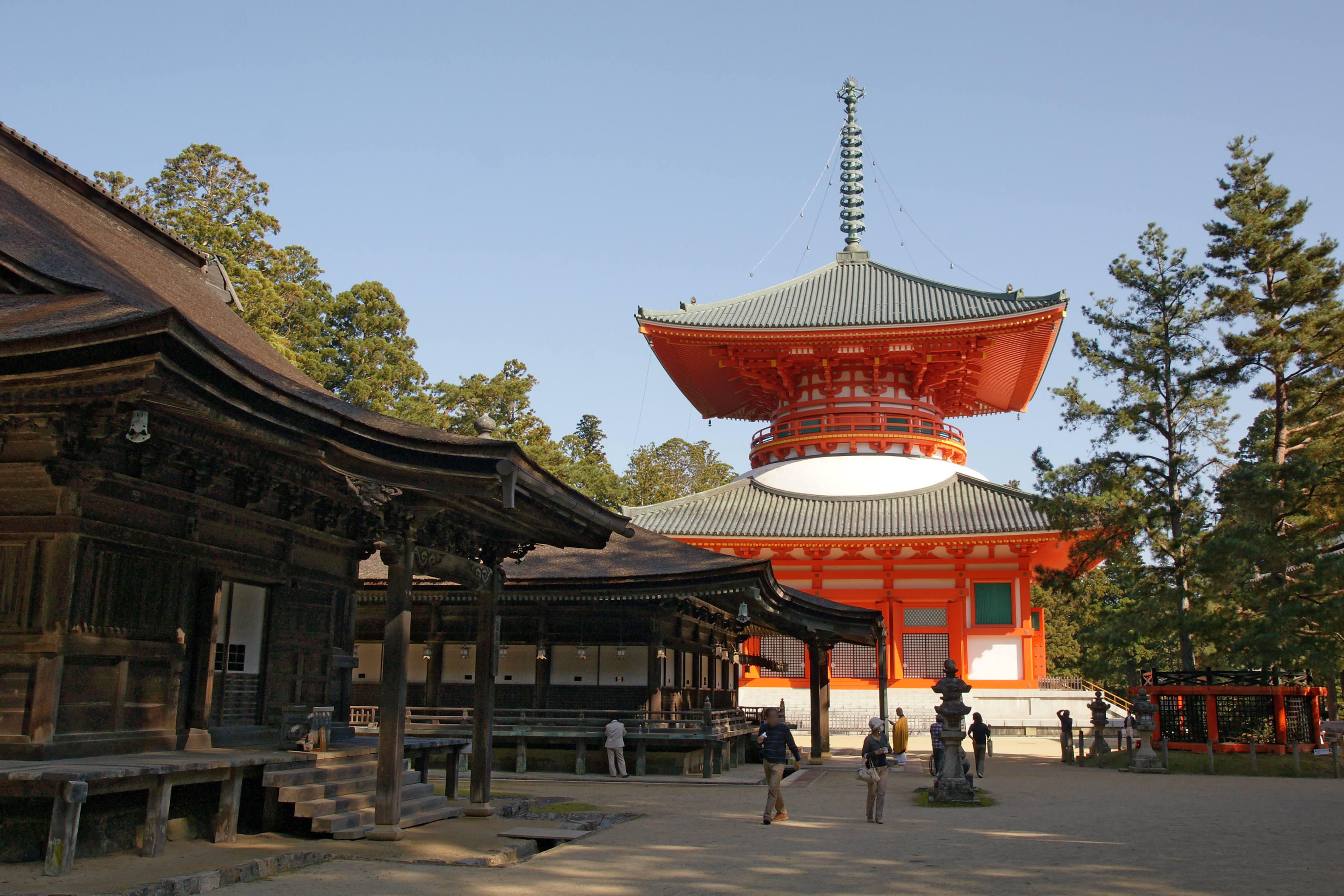|
Rishu-kyō
The Rishu-kyō (理趣経), formally known as ''Prajñāpāramitā-naya-śatapañcaśatikā'' (般若波羅蜜多理趣百五十頌), is a Vajrayana Buddhism, Buddhist esoteric scripture. It is considered an abridged version of the Rishu Kogyo (理趣広経), the sixth assembly of the eighteen assemblies within the Vajrasekhara Sutra (金剛頂経). It is primarily recited in the various branches of the Japanese Shingon school (真言宗) and Chinese Esoteric Buddhism, Chinese esoteric sects as a standard scripture. It is also referred to as the ''Adhyardhaśatikā Prajñāpāramitā'' (百五十頌般若) or ''Prajñā Rishukyō'' (般若理趣経). In Shingon Buddhism, the version translated by Amoghavajra (''Taira Kinkō Fuko Shinji Sanmaya Kei'', 大楽金剛不空真実三摩耶経, Taishō Tripiṭaka No. 243, lit. ''Sutra of the Vow of Fulfilling the Great Perpetual Enjoyment and Benefiting All Sentient Beings Without Exception'') from 763 to 771 CE, is the most widely rec ... [...More Info...] [...Related Items...] OR: [Wikipedia] [Google] [Baidu] |
Shingon Buddhism
is one of the major schools of Buddhism in Japan and one of the few surviving Vajrayana lineages in East Asian Buddhism. It is a form of Japanese Esoteric Buddhism and is sometimes called "Tōmitsu" (東密 lit. "Esoteric uddhismof Tō-ji"). The word ''shingon'' is the Japanese reading of the Chinese word ('), which is the translation of the Sanskrit word mantra. The Zhēnyán lineage was founded in China (c. 7th–8th centuries) by Indian vajrācāryas (esoteric masters) like Śubhakarasiṃha, Vajrabodhi and Amoghavajra. These esoteric teachings would later flourish in Japan under the auspices of a Buddhist monk named Kūkai (, 774–835), who traveled to Tang China and received these esoteric transmissions from a Chinese master named Huiguo (746–805). Kūkai established his tradition at Mount Kōya (in Wakayama Prefecture), which remains the central pilgrimage center of Shingon Buddhism. The practice of the Shingon school stresses that one is able to atta ... [...More Info...] [...Related Items...] OR: [Wikipedia] [Google] [Baidu] |
